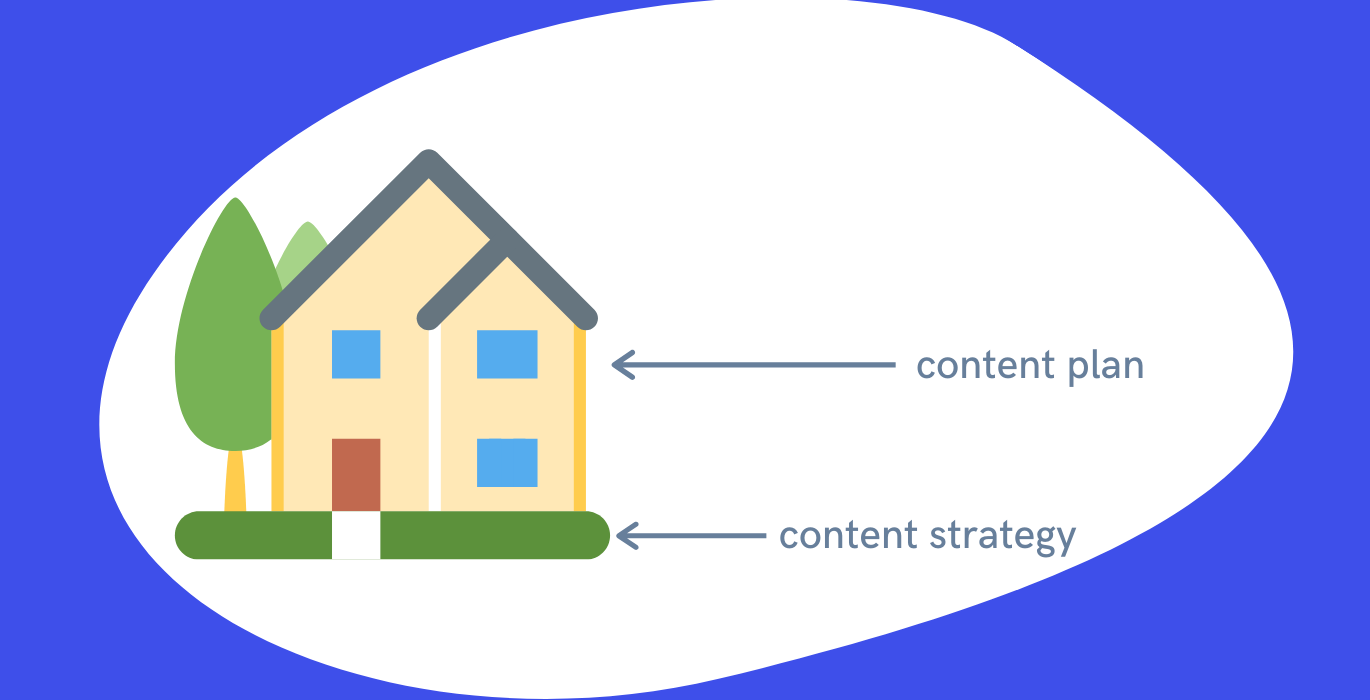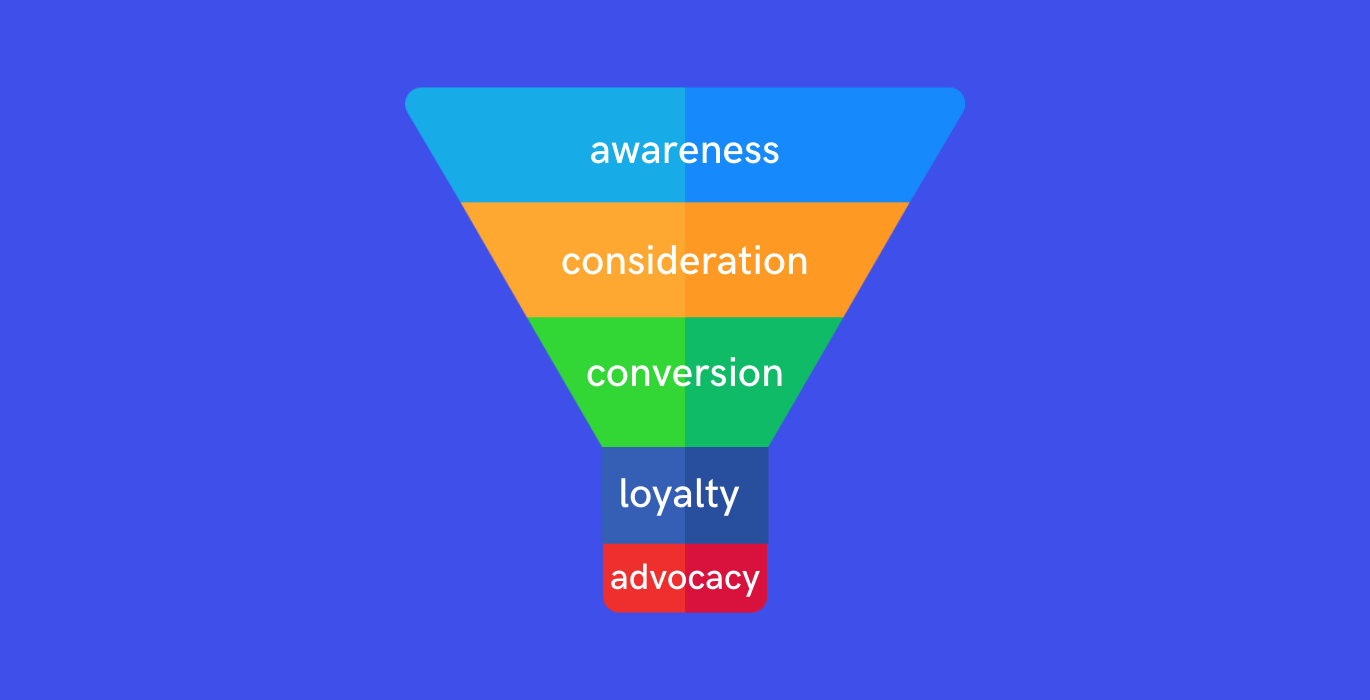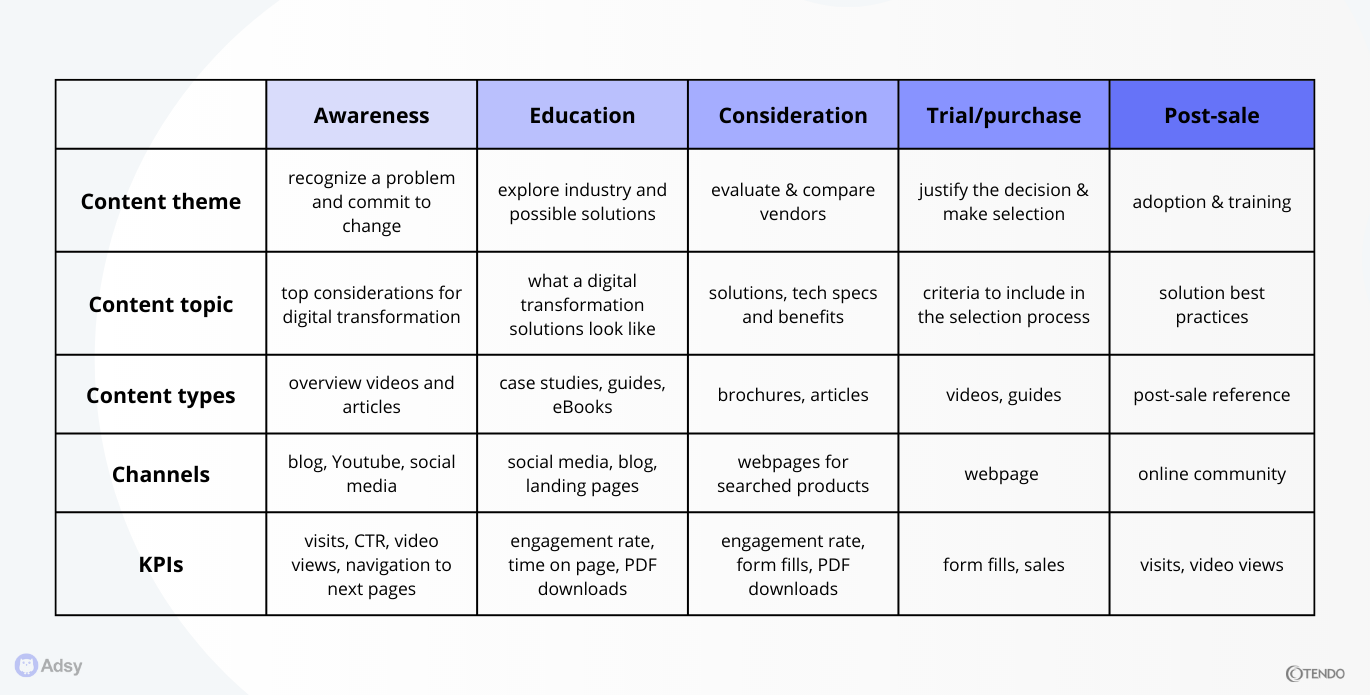How to Create a Content Plan to Reach Your Marketing Goals

Are you thinking about how to create a content plan? Then you are doing the right thing. This plan isn’t born out of anything. Before you come close to the content creation plan, you need to take into account so many particularities!
You need to address previous results, think of future goals, and keep in mind so much more. Thus, this can ensure you establish an effective content plan.
We strongly believe in setting goals and documenting your strategy and plans. Unfortunately, the majority of marketers (63%) have no documented strategy. The good news is that they are planning to document it.
In this article, we’ll discuss how to build a content plan, why it’s not the same as the editorial plan, and why it’s essential to document your steps.
Before getting started with a content plan
So, you are thinking about how to create a content plan. But where is the starting point? In this abstract, we’ll try to make everything clear.
Often, newcomer marketers confuse content strategy with content planning. These two notions are not equal. Yet they are tightly connected.
Just think of a house. Content marketing is the foundation and the content plan is the carcass. Everything you’d like to build further will base on the strategy and plan.

The content strategy is always leading the way. It sets the goals. You will master your content plan to fit those goals. Thus, when you are creating the content plan ask yourself “Why am I doing this?”
To make it more clear, content marketing strategy often pursues the following aims:
- Building brand awareness,
- Acquiring new leads,
- Growing loyalty among the current leads,
- Increasing sales.
Accordingly, the content strategy plan will resonate with your company’s content strategy. After the goals are clear it’s time to build and document a plan.
But why do we insist on planning? Well, CoSchedule shares that companies that plan their content projects are 356% more likely to show better results.
What is a content plan?
Well, we’ve figured out that content plan and strategy go hand in hand but are not the same thing. But what is a content plan exactly?
A content plan is a unity of the marketing activities and data gathering and analysis required to reach the content marketing strategy goals.
Does it sound a little bit complicated? No worries. Basically, activities like creating white papers, writing blogs, or doing SEO research refer to the content plan.
Of course, you need to align your content plan with your marketing funnel. The content you’ll take in the content plan has to support your customers at every stage of their journey. That said, the content you create for awareness, consideration, conversion, and decision stages should differ.

Besides, analysis and audit are an important part of the content plan building. After you know your content strategy for the next quarter/year/etc., don’t forget to make a check. So, what do you want to review during the audit?
- The best-performing content,
- The worst-performing content,
- The content publishing density,
- The performance of the keywords.
When marketers build a strategy we often talk about SMART goals. Don’t forget to apply the same approach when making a content plan. Marketers who set objectives are 376% more likely to report benefits. Specify aims you can achieve and measure.
Also, remember that the goals can be money-driven (e.g. increasing sales) or reputational (e.g., growing brand loyalty).
Building a content plan
How many hours does it take to create a content marketing plan? Well, there is no exact answer. Everything depends on the company type and size, the volume of the marketing department, and plenty of other aspects.
Yet we’d like to outline the most vital stages of the content creation plan. They will systemize your approach to building the plan. That will definitely save some time for you and make the process less complicated.
Calendar
At the very beginning of this article, we stated that the content plan differs from the editorial plan or content calendar. We hope you already know why. Yet we remind you that the calendar is a part of the content plan.
We’ve also talked about the steadiness of the content you produce. The easiest way to know and track what and when to publish is an editorial calendar.
A content calendar helps you establish the density of your publications. On top of that, it’s the best way to let your team know what is happening.
Respectively, the whole team - in-house or remote - can monitor all the stages of the content creation process. Some marketers use content marketing platforms, and some stick to good old Google Sheets.
Nevertheless, we advise you to have the following points in your content calendar:
- Define the name of the editorial plan. For example, a social media content plan or plan for the articles on the company’s blog.
- Reserve the column for the responsible team member.
- Create a column for the titles/texts/links.
- Define the stage of the marketing funnel.
- Set the date for the first check.
- Show the publishing date.
- Mention the distribution channels.
- Allow some columns to track progress (visits/reposts/etc.).
All-in-all, a content calendar ensures you clearly see how often you produce your content, what type you are using, and how it performs.
there’s how your content plan for the blog may look
there’s Adsy’s content plan for LinkedIn (August)
Content creation and distribution
After you’ve sorted out your content strategy, marketing funnel stages, and have an editorial calendar, it’s time to produce the content.
Use the results of your audit to use the best-performing content types. Remember that content you are creating should be relevant, unique, and helpful. Moreover, it should be interesting for your company’s buyer persona.
Another important thing is to stick to your brand’s tone of voice. Is it official, fun, or friendly? Just make sure that your content has the same style and message across all the platforms.
Last but not least, don’t forget to coordinate your content with the SEO strategy. That ensures that a great number of people will find your content.
Of course, you don’t need to forget about the promotion. For this purpose, you can employ various distribution channels.
Therefore, you can promote your content via:
- Appropriate social networks - Facebook, Instagram, LinkedIn, Youtube, Tiktok, etc.
- Your company’s blog.
- Guest posting on authority sites/industry experts sites.
- Podcasts on Apple, Google, etc.
You have broad options. Just remember to count the preferences of your buyer persona or the generations you target.
Results evaluation
As the content plan itself, the result evaluation will depend on your initial goals. For instance, if your goal was to increase the following on Twitter you won’t use page views as the main metric. Accordingly, you can measure any content type based on KPIs.
There are a variety of services/tools that can help you with the assessment.
- Google Analytics - for page views, unique users, time on page, bounce rate.
- Inner tools of mailing services (MailChimp, ActiveCampaign) - for letters’ open rate, CTR, bounce rate.
- Buzzsumo or Hootsuite - to track the success of your content on social networks.
- Alexa or Ahrefs - for site rank.
Of course, there are more tools to name. Yet they are the ones to give you some data for further analysis.
See how to perform a content marketing audit and why you need it
Also, don’t forget to make content and data check on a daily, monthly, and quarterly basis. Discover what content type seems to operate better than other. Don’t forget to work with the content that is performing worse than you’ve assumed.
And don’t forget to ask the right questions.
- Do you get enough leads? Are they of a proper quality?
- Do your leads convert? And what is the conversion rate?
- How are your keywords doing? Are they driving enough traffic?
- Do you create a content type that customers are eagerly engaging with?
The answers to these questions might be a signal to correct something in your content plan. Or if you are steadily approaching your goals, you can keep it.
Create an efficient tactic
When you’ve made a calendar, create content and chosen ways of its distribution, and then evaluated results, it can all be described as a tactic.
To kick start your content marketing strategy, you should define the best combination of content, distribution channels, time of publication, and so on.
Also, it’s a great idea to make a table where you gather all the main elements of your tactic. This way, you’ll have a helpful guide at your elbow.

Conclusion
So, today we have talked about how to create a content marketing plan. As you can see it’s a content strategy’s satellite. Also, it will influence your marketing success outcome.
What’s the recipe for a perfect content plan? Firstly, remember that the content plan should answer your content marketing strategy. Secondly, analyze your previous activities. See, what content types are working better for you and if you can implement something new.
After you are 100% clear of what goals you have, you can start building a content plan. Remember to make your content production consistent. To ensure this - document your content plan.
After this, you are free to create content, be it articles, white papers, or landing pages. To consolidate a success, don’t forget about the content distribution. You can do it via guest posting, social media posts, and so on.
Tell us, how do you approach a content plan creation? What hardships do you meet on your way? Or does everything happen seamlessly?







